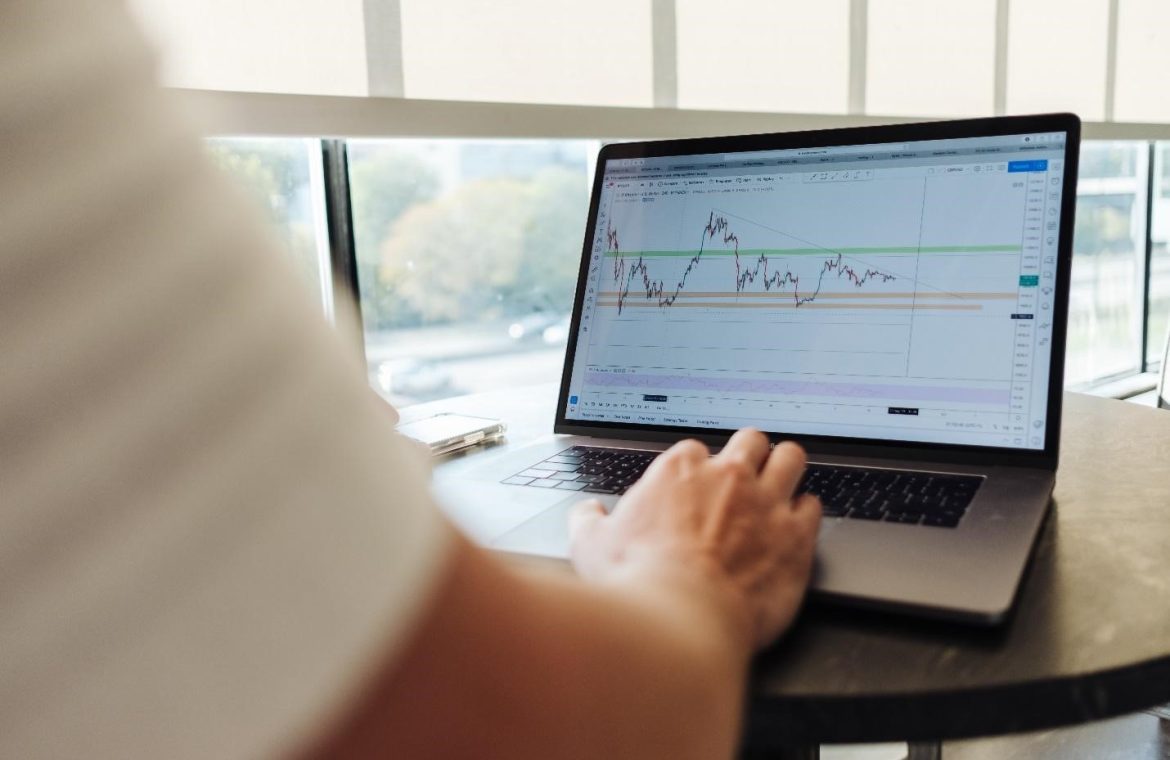Prices have been on a refreshing recovery in the recent past, a development that is perfectly normal, and markets are taking the rise in consumer prices with some losses—evidenced in the S&P 500 benchmark in January 2022.
The market comprises diverse subsystems that add up to form a unified whole. COVID-19 squeezed out some subsystems to territories unseen before; tensions growing in Europe also had a role to play for the reduced market activities in February 2022. Central banks have also acted to stem the increasing inflation rates, piling more pressure on the markets. When under pressure, decision-makers, institutions, and professionals work hard to compensate for imbalances created by these crises, pushing up commodity prices because markets are not monolithic—the Relative Strength Indicator (RSI) indicator helps predict these scenarios.
However, when confidence returns, and supply increases, it is expected that inflation rates will adjust, and stock markets will rejuvenate.
What Is The Role Of Technical Indicators In Trading?
For any active trader, technical indicators are imperative to enter and exit positions. The non-monolithic nature of the markets makes them a hard nut to crack, and entering a guessing game to create big wins in the stock market can mean significant losses. Indicators help predict the correct timing by giving some clues that have worked for years.
However, sound statistical knowledge comes into play here to increase the credibility of the data points generated. Technical indicators are made up of simple to interpret graphs drawn up by complex data that follows the price points of different stocks over several days—usually up to two weeks or more. The indicators are time and volume sensitive, which is why they accurately provide the best time to enter a position for maximum yield.
Data analysis used to determine the correct stock positions uses a financial formula generated for a specific data set that manipulates the already known price data. Price data in this scenario is the stock price—the opening and closing, whether high or low—taken over some days. Some circumstances beg for other formidable approaches that yield better data points for entering or closing stock positions. Volume and interests are other starting points for calculating data points for stocks.
Before data can effectively predict the right start and endpoints to take positions, some significant statistical analysis must come into action. It is impossible to use a single high or low in a day to provide points for maximum returns. Proper analysis requires constant monitoring and recording of all share prices provided by benchmarks, which creates a system of graphs that give a simple understanding of the right moment to take a position.
What Is The Role Of The Relative Strength Index (RSI) Indicator?
The RSI indicator is a relatively old trading tool, coined in 1978, that helps determine truths about a specific stock; it gives the information that makes investors want to stake or get out of their positions quickly. RSI is an oscillator in a line graph that presents details of whether a stock is oversold or undersold.
An in-depth look into the RSI can show whether a stock is ripe for purchase by either being overbought or the reverse. Often, RSI begins from zero and runs to 100, with each value in there a pointer to a reason to buy stock. Above 70, is a reason to steer clear as the stock is overvalued or the market has swung quickly and overbought the stock. On the other extreme, a figure below 30 shows an oversold stock or one that is undervalued. The 50 percent threshold is a peak seen during a downtrend that has historically ushered bearish conditions in the market.
The indicator also uses formulae that consider the average gain and losses that have taken place over a run of 14 days.
Conclusion
Indicators help investors make sound decisions before making huge investments. The RSI tool breaks down data that provides insights into the market situations. The indicator derives the right moment to sell or buy a stock.

“Devoted organizer. Incurable thinker. Explorer. Tv junkie. Travel buff. Troublemaker.”


